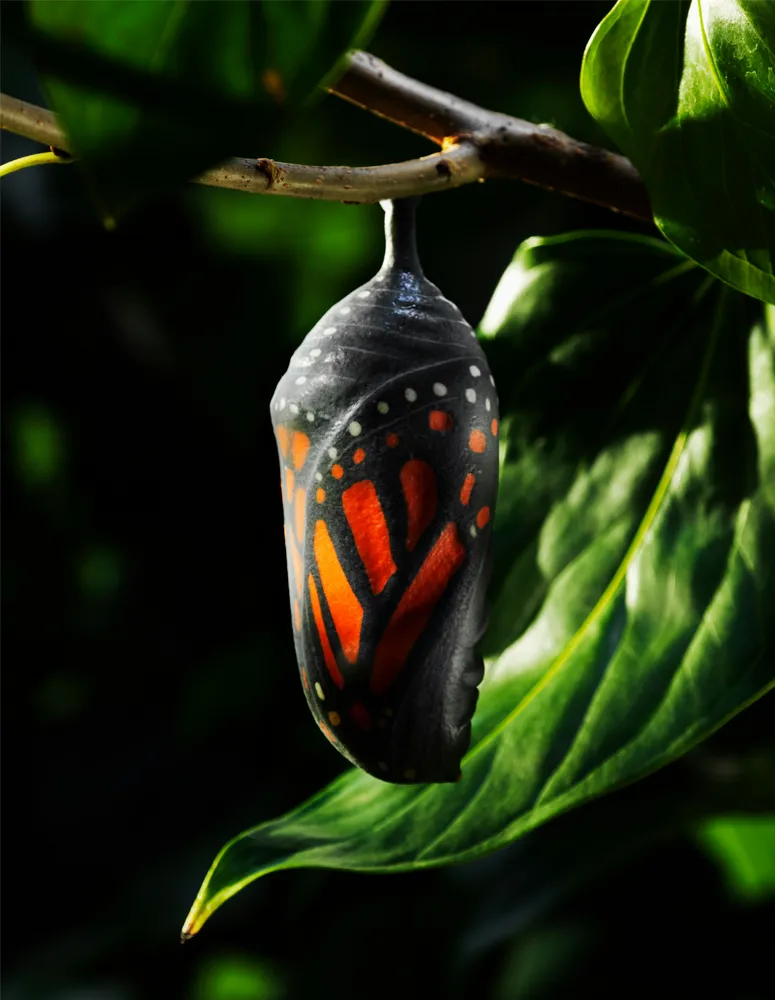Make the Best of Life’s Transitions
As the days begin to shorten and the air cools here in the Northern Hemisphere, it’s a vivid reminder that life is always in motion. The seasons shift, sometimes subtly and sometimes dramatically, but they never remain static. Whether you’re facing the cool winds of autumn or experiencing the promise of spring in the Southern Hemisphere, this universal truth remains: everything changes.
Life, like nature, moves through seasons of growth, transformation, and rest. I’ve found that embracing these transitions—whether they are expected or take you by surprise—is the key to thriving, not just surviving, in an ever-changing world. It’s not always easy. In fact, many of life’s transitions can feel unsettling or even overwhelming, but they are also moments of great potential. Here’s how I believe we can make the best of them:
- Accept change as natural
One of the first steps to navigating transitions is to accept that change is inevitable. Just as no tree clings to its leaves when autumn arrives, we too must learn to let go of what no longer serves us. This could be a routine, a mindset, or even a relationship. By resisting change, we only prolong discomfort. But by embracing it, we open ourselves to new opportunities. Every shift—whether a new season, a job change, or a personal challenge—comes with the possibility of growth. The more we welcome change, the more resilient we become.
- Look for the gift
Every transition brings with it a lesson or gift, though it may not be obvious at first. When faced with change, ask yourself: What can I learn from this? What does this moment offer me that the previous season of life did not?
Perhaps the darker, cooler days of fall and winter invite you to slow down, reflect, and rest. Or maybe the budding of spring inspires you to start something new. When you approach transitions with curiosity rather than fear, you begin to see them as opportunities rather than obstacles.
- Recalibrate and set new intentions
Transitions are a great time to pause, reflect, and recalibrate. As nature shifts, so too can your priorities. Ask yourself: What needs my attention now? Where should I invest my energy?
I often find that transitions—whether seasonal or personal—offer the perfect moment to set new intentions. As the leaves fall, maybe it’s time to shed old habits. As winter draws near, it might be an invitation to focus inward, get cozy, and set goals for emotional or spiritual growth. Transitions create space for reimagining our direction and purpose.
- Embrace the uncertainty
One of the most challenging aspects of change is the uncertainty that comes with it. Whether you’re stepping into a new chapter of your life or watching the seasons shift, there’s always an element of the unknown. But it’s important to remember that growth happens in discomfort. Just like a seedling pushes through the soil to reach the sun, we too grow when we step into the unfamiliar.
Instead of fearing the unknown, try to embrace it with a sense of adventure. A friend of mine who is a voice coach encourages his students to reframe pre-performance jitters as excitement, rather than nervousness. You don’t need to have all the answers right now. Sometimes, just taking the next small step is enough.
- Let your self-care change with the seasons
Just as we transition from craving the refreshing smoothies and salads of summer to the warming comfort foods of fall, other aspects of our self-care often change with the seasons. For example, fall is considered cold and flu season so you may want to boost your immune system through a diet of whole, unprocessed foods including lots of vegetables and fruit; embryonic foods like eggs, seeds, and nuts; lean meats; whole grains (hold the preservatives, please); and adequate vitamin D. Colder weather is often drier weather, so you may also need to fortify your skincare. That’s because, any time the skin splits or is excessively dry presents an avenue for an organism to get in and cause problems. The best protection is to eat your water and then lock in that moisture, which plumps the skin and makes it more flexible. (For more information on how to take seasonal steps to care for yourself, see my blog post here.)
- Be kind to yourself
Finally, remember to be kind to yourself as you navigate life’s transitions. Change can be exhausting, both emotionally and physically. Just as nature takes time to adapt—trees growing new leaves, flowers blooming again—you too need time to adjust. Give yourself grace and patience. Acknowledge the emotions that come with transitions—whether it’s excitement, fear, sadness, or joy—and allow yourself to feel them. Then, gently guide yourself forward. I find that a daily practice of journaling and self-reflection helps. There are many daily motivational resources to help you, including my own free Better Every Day app available here: Dr. Murad’s Inspirations on the App Store (apple.com).
Making the best of life’s seasons
As the world outside shifts from one season to the next, remember that you are also part of this natural cycle. You will have moments of growth, periods of letting go, and times of stillness and reflection. Each phase is important and has its own value. By embracing life’s transitions with openness and curiosity, you can make the most of every moment, no matter what season you find yourself in.
Whether you’re stepping into the cool crispness of autumn or the warmth of spring, take a moment to appreciate the changes around you—and within you. All things evolve, and that’s part of what makes life beautiful.
That’s #ModernWellness!
